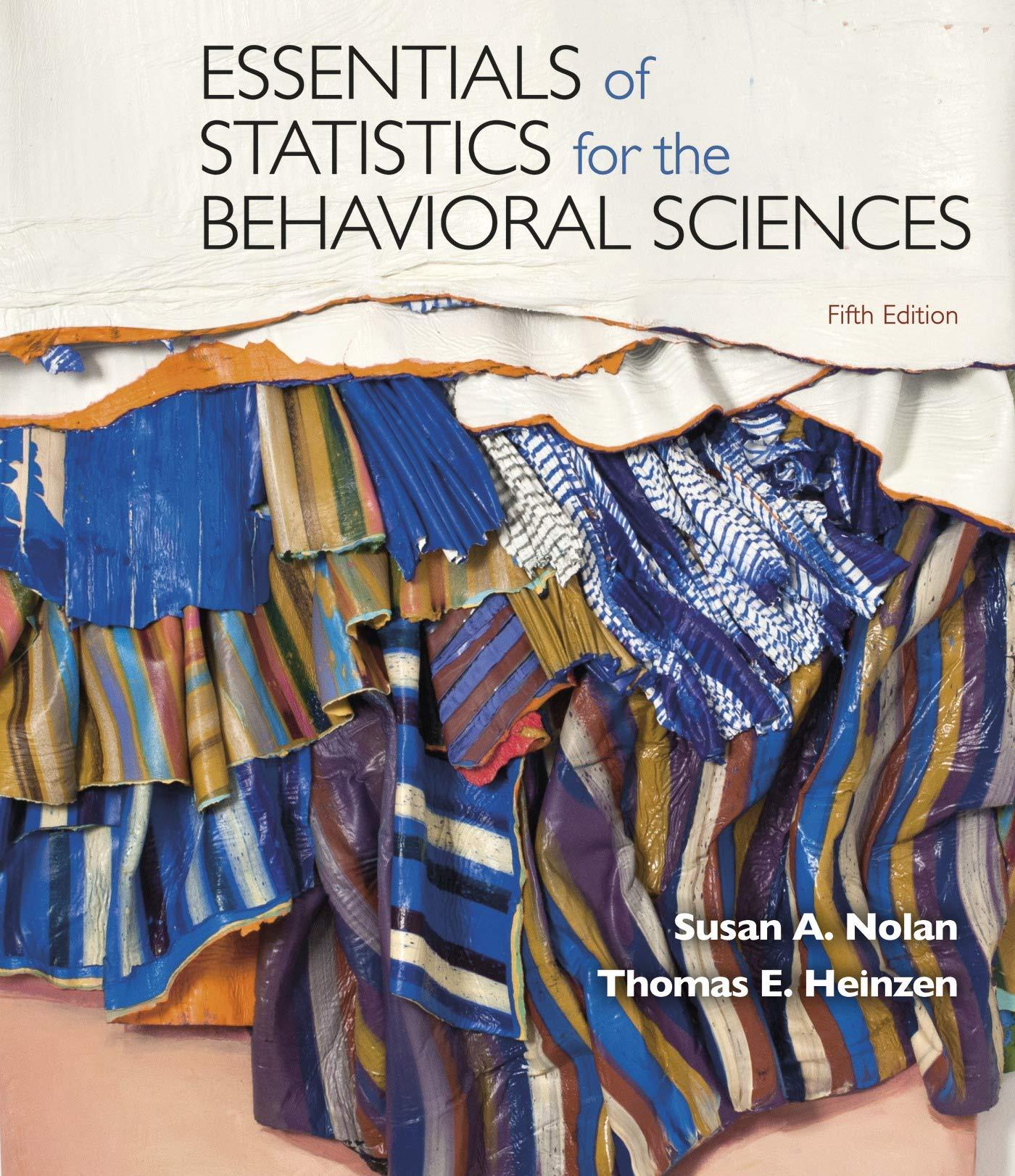2.41 Frequencies, distributions, and graduate advising: In a study of mentoring in chemistry fields, a team of
Question:
2.41 Frequencies, distributions, and graduate advising: In a study of mentoring in chemistry fields, a team of chemists and social scientists identified the most successful U.S. mentors— professors whose students were hired by the top 50 chemistry departments in the United States (Kuck et al., 2007). Fifty-four professors had at least 3 students go on to such jobs. Here are the data for the 54 professors. Each number indicates the number of students successfully mentored by each different professor. 3 3 3 4 5 9 5 3 3 5 6 3 4 8 6 3 3 3 4 4 4 7 6 3 5 5 7 13 3 3 3 3 3 4 4 4 5 6 7 6 7 8 8 3 3 3 5 3 3 5 3 5 3 3
a. Construct a frequency table for these data. Include a third column for percentages.
b. Construct a histogram for these data.
c. Describe the shape of this distribution.
d. How did the researchers operationalize the variable of mentoring success? Suggest at least two other ways in which they might have operationalized mentoring success.
e. Imagine that researchers hypothesized that an independent variable—good mentoring—predicts the dependent variable of mentoring job success. One professor, Dr. Yuan T. Lee from the University of California at Berkeley, trained 13 future top faculty members. Dr. Lee won a Nobel Prize. Explain how such a prestigious and public accomplishment might present a confounding variable to the hypothesis described here.
f. Dr. Lee had many students who went on to top professorships before he won his Nobel Prize. Several other chemistry Nobel Prize winners in the United States serve as graduate advisors but have not had Dr. Lee’s level of success as mentors. What are other possible variables that might predict the dependent variable of attaining a top professor position?
Step by Step Answer:

Essentials Of Statistics For The Behavioral Sciences
ISBN: 9781319247195
5th Edition
Authors: Susan A. Nolan, Thomas Heinzen






